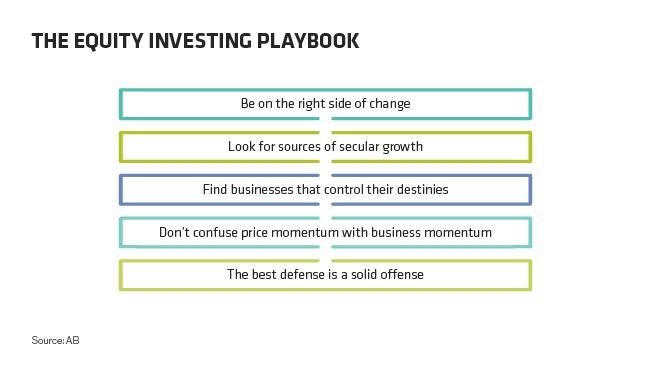Are European Stocks Cheap or is the U.S. Expensive?
by Ben Carlson, A Wealth of Common Sense
One of the most counterintuitive aspects of investing is the fact that you almost need to have bad news for things to get cheap enough to create a good long-term value. Markets or securities don’t become undervalued all on their own. There’s usually a catalyst involved in the form of poor fundamentals, bad news, missed expectations or a combination of things.
Europe seems to fit the bill here in terms of bad news. There are negative interest rates in many European countries. Economic growth is slow-to-non-existent. The demographic profile isn’t pretty. And the European Union looks to be something of a failed experiment as a fiscal union with no easy way out.
All of this adds up to a relatively attractive valuation profile for European stocks when compared to U.S. shares. This chart from AMP Capital shows the CAPE ratios for both U.S. and Eurozone stocks:

Valuations in Europe are nearly back to the 2011-12 crisis lows and are even flirting with 2008-09 levels. Another way of looking at lower valuations in the Eurozone and higher valuations in the U.S. is the fact that U.S. stocks have crushed European stocks this cycle. Look at the 5 year annual returns through the end of last week:
- Vanguard S&P 500 Fund (VFIAX): +11.43%
- Vanguard European Index Fund (VEURX): +1.92%
U.S. stocks have outperformed by European stocks by 9.51% per year for five years running. Because of the difference in performance numbers, Europe now has a fairly large advantage in terms of dividend yields. The S&P 500 yields 2.2% while European stocks are yielding 3.4%. Some of this outperformance has to do with the fact that we’ve seen a rising dollar and falling euro in the past few years, but this level of relative outperformance is unprecedented. The Vanguard Europe Index Fund goes back to 1990, so I compared the 5 year rolling annual returns on these two funds going back that far to see how often this type of relative outperformance occurred. Here are the results:

You can see that the current relative outperformance by U.S. stocks is as high as it’s ever been. For comparison purposes, in late 2007/early 2008, there was a five year period where European stocks were outperforming by over 11% per year, so these points in the cycle can go the other way too.
One positive from this huge divergence is the fact that markets around the globe aren’t quite as intertwined as many in the world of finance or economics would have you believe. This is a benefit to diversified investors. There’s an old saying that diversification works whether you want it to or not.
There are two ways investors tend to look at these types of numbers — either Europe is a bargain or the U.S. is overpriced. It’s probably some combination of the two, but mean reversion doesn’t operate on a set schedule. Fundamentals don’t matter until they do. It could certainly take some time for this relationship to reverse if the bad news continues across the pond.
But it’s also worth noting that the news doesn’t necessarily have to get better for European stocks to close the gap. It just has to get less-bad.
To recap:
- European equities trade at a huge valuation discount to the U.S.
- European equities have underperformed at a historical rate over the past five years.
- European equities currently sport a 1.2% advantage in terms of dividend yields.
- This information won’t matter until it matters as fundamentals in the stock market require patience and don’t work on a set schedule.
Source:
European Equities Revisited (AMP Capital)
Further Reading:
When Global Stocks Go On Sale
Copyright © A Wealth of Common Sense














